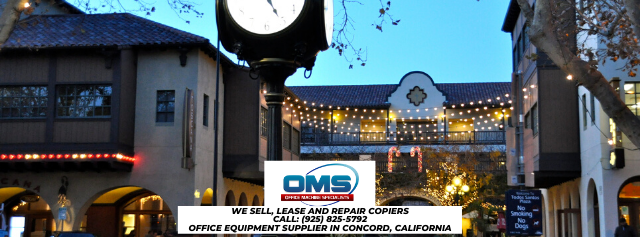Office Machine Services and Sales Solutions
Glass Beach is a beach near Fort Bragg, California, adjacent to MacKerricher State Park that is abundant in sea glass produced from years of dumping waste into a coastal area near the northern part of the town.
History:
In 1906, citizens of Fort Bragg set up an official water dump site on what is now known as “Site 1″ behind the Union Lumber Plant. There were water dump sites that abandoned bottles, appliances, and even vehicles in most water-fronted communities. Locals referred to it as The Dumps.” To decrease the size of the trash pile, fires were also lit using Molotov cocktails.
The site was moved to what is now known as “Site 2”, the active dumpsite from 1943 until 1949 when the main dump site filled up in 1943. The dump was moved north to what is now known as “Glass Beach” and remained an active dumpsite until 1967 when this beach became full in 1949.
In 1967, this field was closed by the California State Water Resources Control Board and city officials. Over the years numerous cleanup projects have been conducted to correct the damage. What was biodegradable in the dumpsites was actually degraded over the next few decades and all the metal and other objects were finally removed and sold as scrap or used in sculpture. The crashing waves broke down the glass and pottery and tumbled those pieces into the small smooth, colored pieces that often become quality jewelry that cover Glass Beach and Fort Bragg’s other two glass beaches (former dump sites).
At Fort Bragg, there are three Glass Beach locations where garbage was poured into the ocean between 1906 and 1967. “At the end of the path that starts at the intersection of Elm Street and Glass Beach Drive, Site Two (1943-1949) and Three (1949-1967 – “Glass Beach”) are located. These sites can be reached on foot and by a brief climb down the cliffs that surround the beach. Site One (1906-43) is 1/4 mile south of Site Two and was accessible by foot as of January 2015, when Fort Bragg opened the northern portion of the current Coastal Trail.
A five-year process of working with the California Coastal Conservancy and the California Integrated Waste Management Board for the cleanup and selling of the land to the state was initiated by the private owner of the property in 1998. The California Department of Parks and Recreation bought the 38-acre (15 ha) property adjacent to Glass Beach following the completion of the clean-up, and it was integrated into MacKerricher State Park in October 2002.
All of the real “Glass Beach” is next to MacKerricher State Park, Site 3. According to Article 10 of the state constitution, all bodies in California terminate at the mean high water mark (MHW). The mean high water mark at Fort Bragg is 5.2 ‘, and all of Glass Beach, Site 3, is below that water mark. Sites 1 & 2 are situated south of “Glass Beach” and do not cover the area of the state park, but they are about the current city park area, which also ends with the mean high water mark (MHW).
This amazing landmark in Benicia, California is located near some other must-see places of interest:
- Benicia Capitol State Historic Park
- Benicia Historical Museum at the Camel Barns
- Benicia State Recreational Area
- Benicia Arsenal
- Benicia Main Street: First Street
- Lindsay Art Glass
- 9th Street Park (AKA the 9th Street Pier)
- Fischer Hanlon House
All of these wonderful landmarks are located just a short distance from our location at 1091 Shary Circle in Concord, California! Stop by for a visit anytime!
